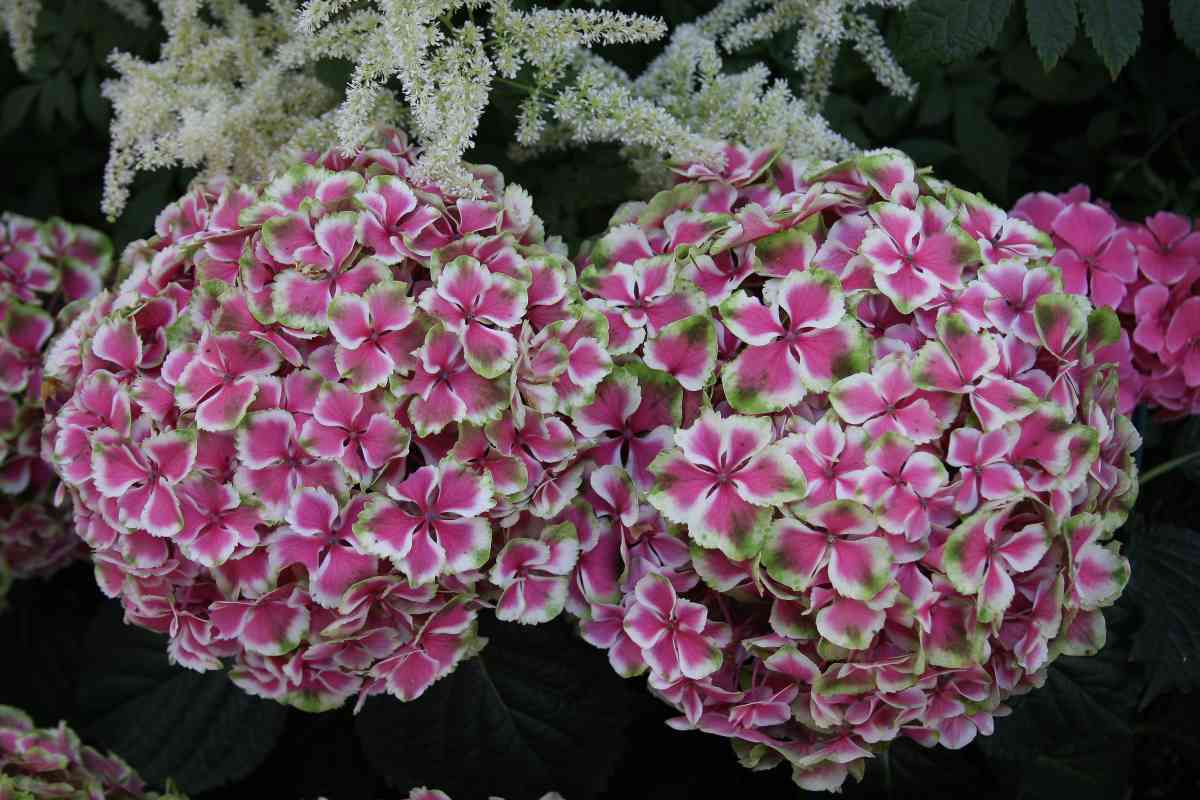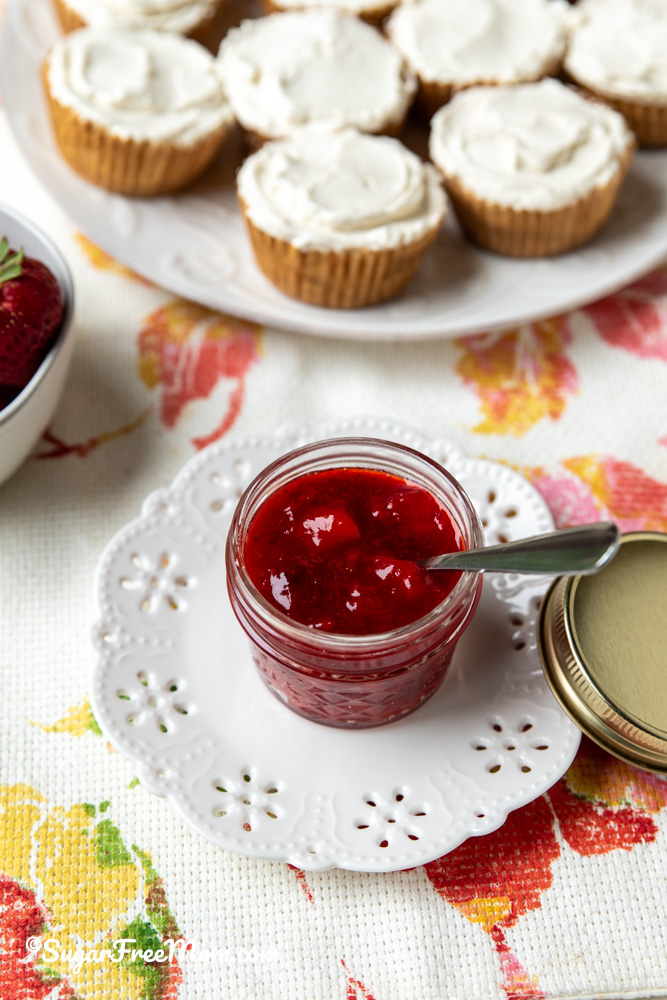Hydrangeas are prominent flowering shrubs that decorate gardens with bright blooms in spring and summer.
But as winter approaches, it’s important, especially for gardeners in cold regions, to provide these beautiful plants with essential care to survive the cold.
If properly cared for in winter, hydrangeas will continue to bloom throughout the summer.
Add a thick layer of organic mulch, such as shredded leaves, straw, wood chips, or sawdust, around the hydrangeas.
To protect your flowering shrubs from winter winds and frost, use a DIY A-frame wire cage to wrap your shrubs.
Prepare your garden for winter by cleaning dead leaves, watering, and pruning old leaves.
Optimal conditions for growing hydrangeas

Hydrangeas thrive when the growing environment meets their specific needs. The soil should be well-drained, rich in organic matter, and retain moisture without becoming soggy.
A slightly acidic to neutral pH (5.5 to 7.0) is ideal, and adding compost or leaf mold improves soil quality and drainage.
These plants thrive in a balance of sunlight and shade. For most varieties, morning sun followed by afternoon shade is best, especially in hot climates.
However, panicle hydrangeas can tolerate full sun in a cool location, while oakleaf hydrangeas prefer dappled or partial shade.
Consistent moisture is essential for healthy growth. Deep watering once or twice a week is usually sufficient during the growing season.
A layer of mulch around the roots retains moisture in the soil and keeps the roots cool. However, it is important to drain the soil properly, as overwatering can cause root rot.
Hydrangeas do best in moderate temperatures, ideally between 60°F and 75°F.
It is hardy to USDA zones 4 to 9, depending on the variety, but may require protective measures during harsh winters, especially for great hydrangeas.
In areas with low humidity, additional watering and mulching can help maintain the desired humidity level.
Fertilizing your hydrangeas will encourage healthy growth and bright blooms. A balanced fertilizer with a 10-10-10 or 20-20-20 formula is effective when applied in early spring and midsummer.
By meeting these conditions, your hydrangea will grow and produce beautiful flowers every year.
Do hydrangeas bloom in winter?


Hydrangeas usually do not bloom during the winter. Most varieties, such as Bigleaf Hydrangea (Hydrangea microphylla), go into dormancy when temperatures cool.
During this period, plants conserve energy, focusing on protecting their roots and preparing for the next growing season.
However, certain evergreen hydrangea cultivars, such as Hydrangea integrifolia, may retain their leaves even in mild climates.
Still, these varieties typically do not flower in winter. Instead, they grow more slowly and can tolerate lower temperatures.
For gardeners in warmer regions, late-blooming varieties like hydrangeas may continue to produce flowers into early winter, but this is not the norm.
Overall, winter is a time of rest for hydrangeas, and proper overwintering management is important to ensure healthy blooms in the spring and summer.
How to overwinter hydrangeas?
Hydrangeas are a beloved garden staple, known for their lush foliage and stunning flowers. When winter approaches, gardeners often worry about how to protect these beautiful plants from the damage of frost and cold.
Overwintering hydrangeas is essential to ensure healthy growth and bright blooms during the next growing season.
This guide provides instructions for properly overwintering hydrangeas for different species and growing conditions.
Why is overwintering hydrangeas important?


The cold tolerance of hydrangeas varies depending on the type. Some varieties, such as panicle hydrangea, are hardy and grow well in cold climates, while others, such as great hydrangea, are more delicate and susceptible to damage from frost and temperature fluctuations.
Overwintering helps with:
Prevents frost damage to buds and stems. Protects the root system from freezing. Produces healthy flowers in spring.
Know your hydrangea type
Before getting into how to overwinter, identify the type of hydrangea.
Bigleaf Hydrangea (Hydrangea microphylla): Most sensitive to cold. Buds grow on old trees. Smooth hydrangea (tree hydrangea): buds are formed on new trees. It is cold hardy but benefits from protection. Hydrangea (Hydrangea panulata): Very cold hardy and requires minimal protection. Oakleaf hydrangea (Hydrangea quercifolia): moderately hardy. Light protection is required in harsh winters.


Understanding the type of hydrangea you have will determine the level of care it needs to survive the winter.
When should I start overwintering hydrangeas?
Start preparing after the first frost and before the ground freezes. In most regions, this is from late fall (November) to early winter (December).
Waiting too long can damage your plants, so plan based on your USDA hardiness zone.
Step-by-step guide for wintering hydrangeas
1. Prune carefully (if necessary)
Large-leaved hydrangea: Avoid heavy pruning as it blooms on old wood. Remove only dead or diseased branches. Smooth panicle hydrangeas: These bloom on new wood and can be pruned in late fall or early spring if needed. Oakleaf Hydrangea: Minimal pruning is best to avoid removing potential flowers.
2. Clean the area
Remove fallen leaves, debris, weeds, etc. from the base of the plant. This reduces the risk of pests and diseases overwintering with your plants.
3. Add mulch
Apply a thick layer of mulch (4 to 6 inches) around the base of the hydrangea to insulate the roots. Use organic materials such as:
Pine needles Straw Shredded bark Compost
Mulching helps regulate soil temperature and moisture levels during the winter.
4. Protect stems and buds
For cold-sensitive hydrangeas (big leaf and oak leaf):
Wrap the plant: Loosely wrap the hydrangea using burlap or a frosted blanket. Secure it with twine to keep it in place. Add a cage: Surround the plant with a wire mesh cage and fill it with leaves or straw for extra insulation.
For hardy hydrangeas (smooth hydrangeas and panicles):
There is usually no need to wrap these, but mulching and light stem protection may be helpful in extremely cold regions.
5. Water before the ground freezes
Hydrangeas need moisture to survive winter dormancy. Water thoroughly in late fall to moisturize the roots before the soil freezes. Be careful not to overwater, as moist soil can cause root rot.
6. Move potted hydrangeas indoors
If you’re growing hydrangeas in containers, move them to a protected location, such as:
Garage or shed Cool basement
Keep the pot out of direct sunlight and water occasionally to prevent the roots from drying out.
Winter care of hydrangeas in different zones
Zones 3 to 5 (cold climate):
Heavy mulching and stem wrapping are important. For Bigleaf and Oakleaf hydrangeas, we recommend using a cage filled with leaves for additional insulation.
Zones 6-7 (moderate climate):
For most varieties, moderate mulching is sufficient. Bigleaf hydrangeas may require burlap wrapping, especially in cold winters.
Zones 8-9 (warm climate):
Hydrangeas in these zones usually do not require much effort to overwinter. Mulching helps protect the roots during unexpected frosts.
Common mistakes to avoid
Pruning too much or too late: Removing old Bigleaf hydrangea wood will reduce next year’s blooms. Skip mulching: Unprotected roots are more susceptible to freezing. Over-insulation: Overcrowding can cause moisture to build up, which can lead to mold and rot. Forget about potted hydrangeas: Leaving the container outdoors in sub-zero temperatures can cause the plant to die.
When is the best time to bring hydrangeas indoors?
The timing of moving potted hydrangeas indoors is important. Monitor local weather.
Before frost: Hydrangeas are sensitive to subzero temperatures. Bring it indoors if temperatures are consistently below 40°F (4°C). Late Fall: Depending on your USDA zone, late October to early November is usually the ideal time to bring them indoors.
Inground hydrangeas can usually be kept safe with mulch and a protective cover.
How to care for hydrangeas in winter?
Proper winter care depends on whether your hydrangea is grown in the ground or in a pot.
For underground hydrangeas
Mulch the base: Insulate the roots by placing a thick layer of organic mulch, such as straw, pine needles, or shredded bark, around the base of the plant. Cover and protect: Use burlap, frost blankets, or wire mesh stuffed with leaves to protect stems and buds from freezing winds. Prune wisely: Avoid heavy pruning in the fall, especially for hydrangeas that bloom on older wood. Cut only dead or damaged stems.
For potted hydrangeas
Overwintering potted hydrangeas requires special care because their roots are exposed.
Move to a sheltered location: Place the pot in a garage, basement, or unheated sunroom where temperatures stay between 35°F and 50°F. Wrap the pot: Insulate the container with bubble wrap or burlap to keep the roots from freezing. Monitor soil moisture: Keep the soil slightly moist. Water sparingly, as overwatering while dormant can cause root rot.
Can hydrangeas survive the winter in pots?
Yes, hydrangeas can survive the winter in pots with proper care. However, the roots are above ground and exposed to cooler temperatures, making them more vulnerable to freezing.
To ensure survival:
Use large pots with thick walls for better insulation. Do not leave pots exposed to strong winds or direct frost. Check your drainage to avoid potentially fatal water clogs in the winter.
Follow these steps and your potted hydrangeas will be thriving come spring.
conclusion
Overwintering hydrangeas may seem difficult at first, but with the right approach it is completely manageable.
Whether you’re thinking about how to overwinter potted hydrangeas or especially how to overwinter potted hydrangeas, the important thing is to protect the roots, keep them dormant, and protect them from the worst of the cold. That’s it.
By preparing ahead of time, you can enjoy healthy plants with spectacular blooms when warmer days return.


Khaja Moinuddin, a computer science graduate, enjoys gardening and homesteading. Join us on this blog where he shares his experiences with home growing, gardening, and composting.





